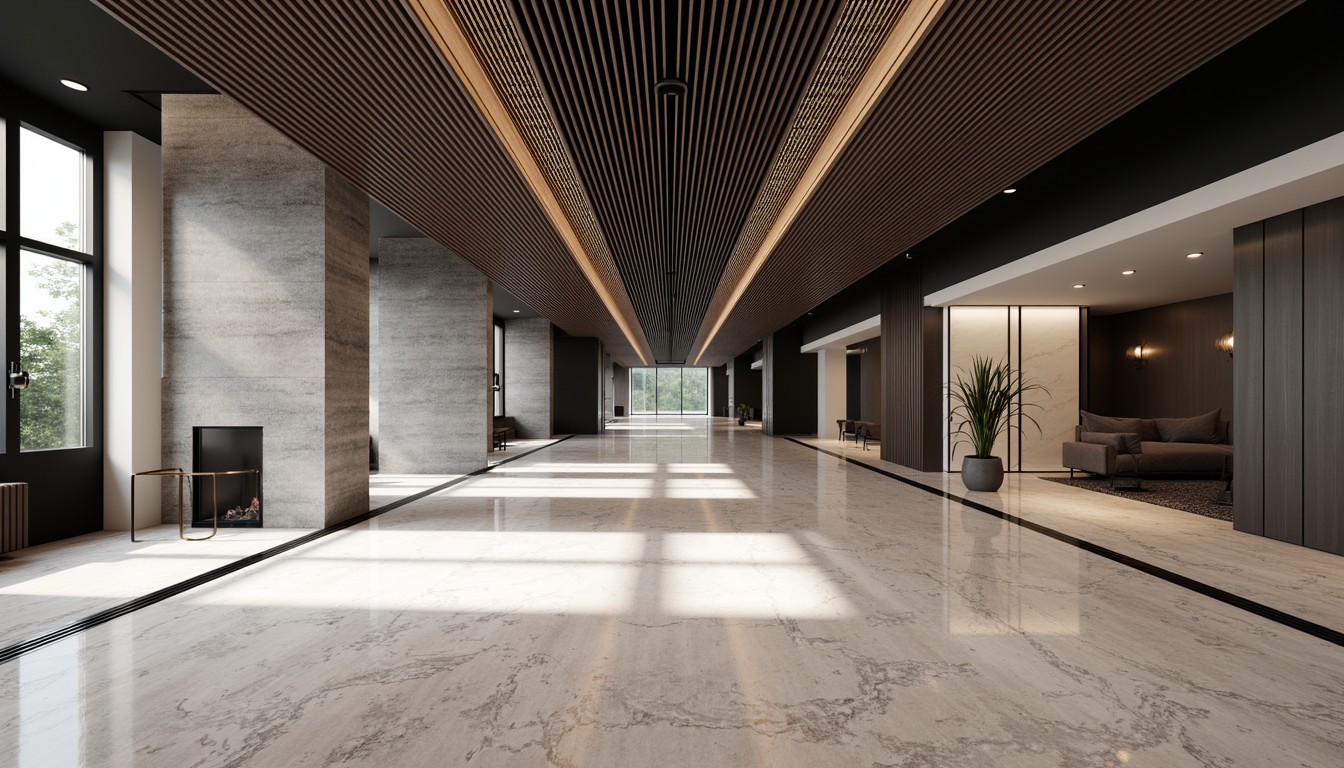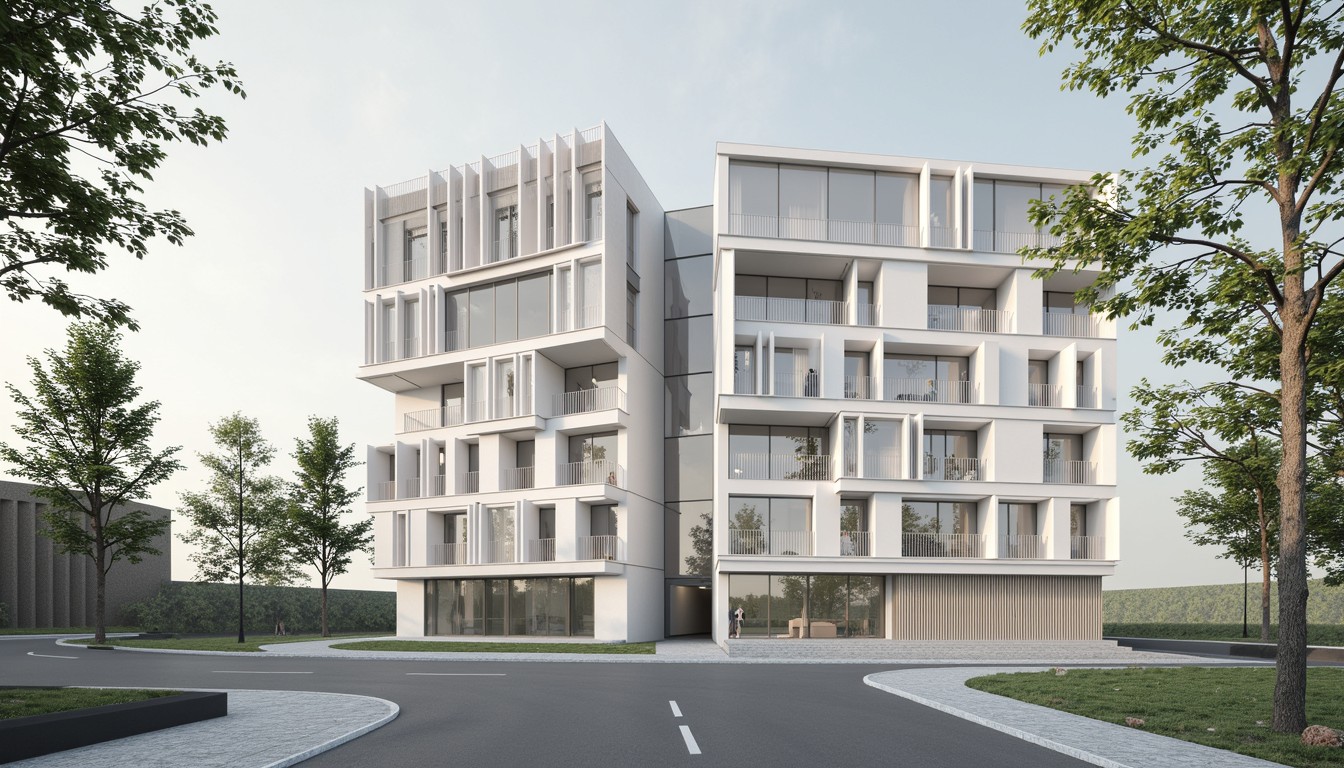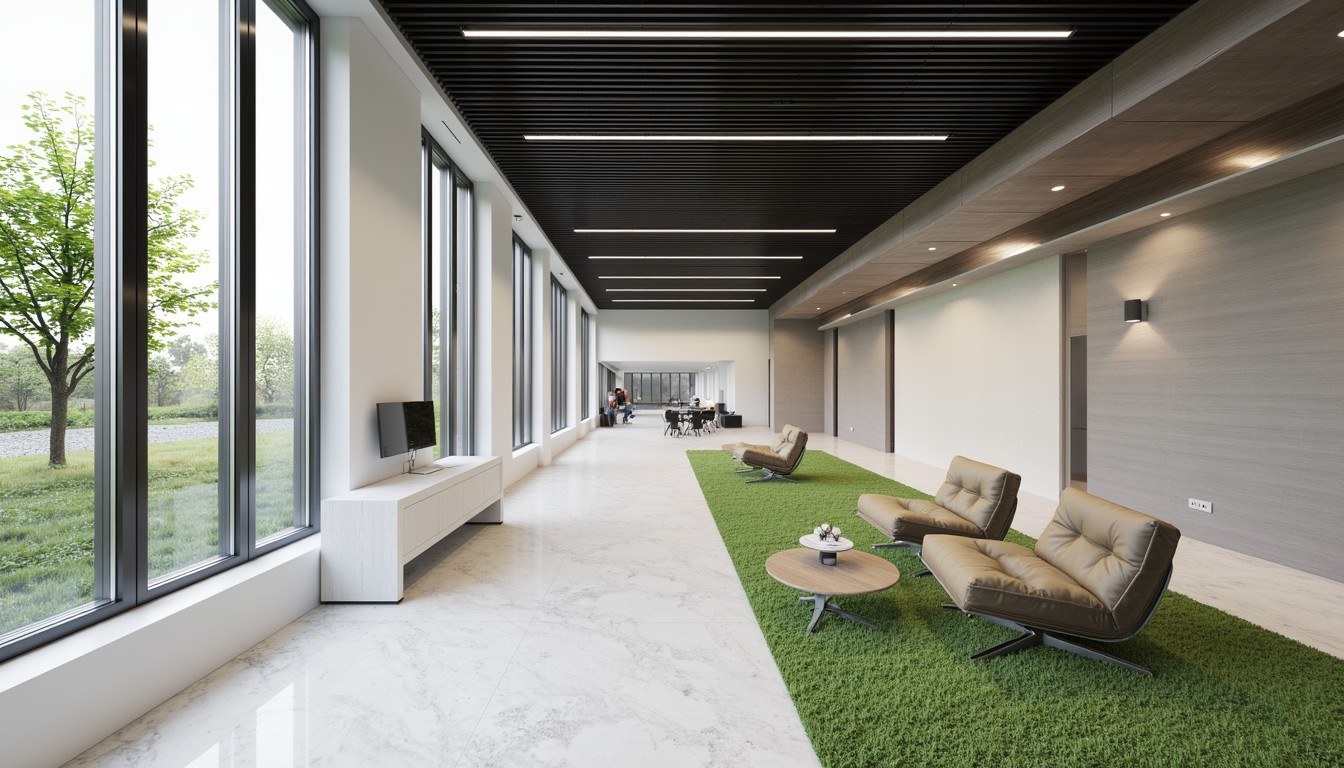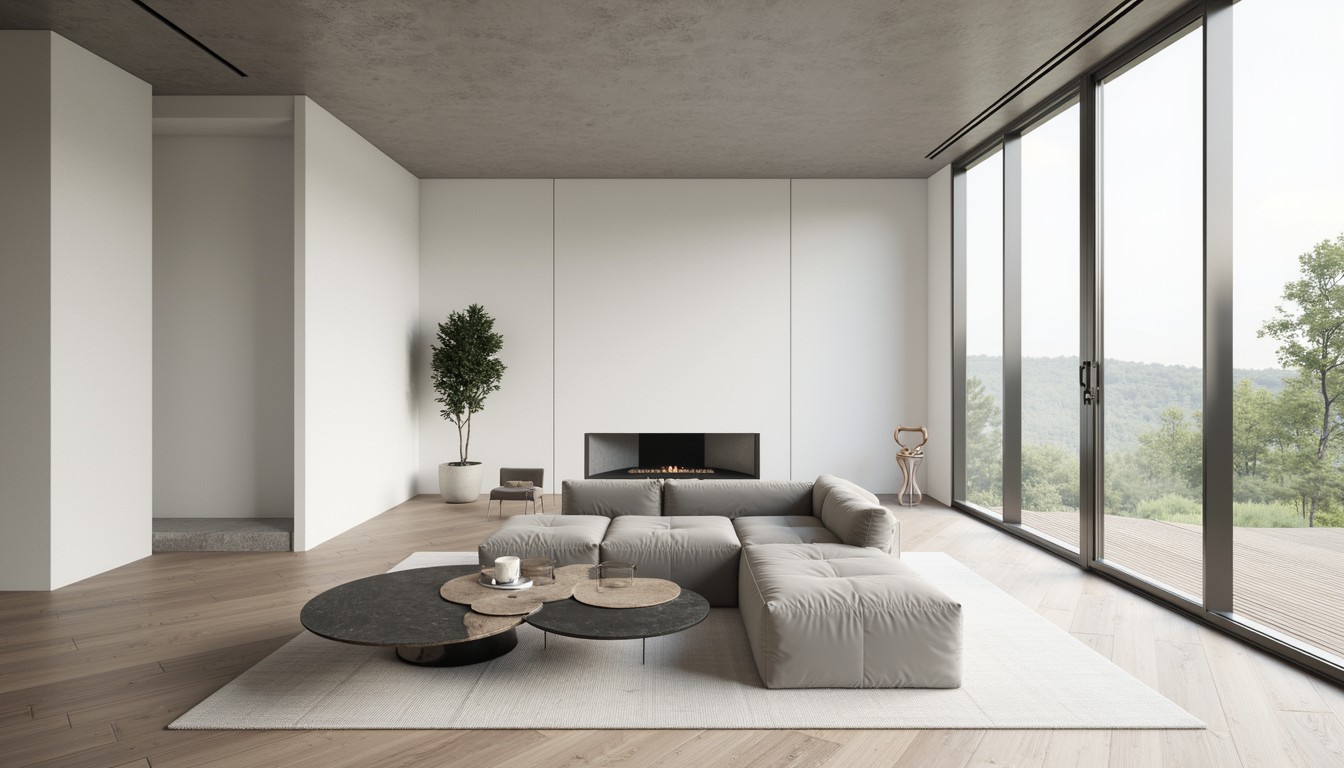3D Printing in Construction: Building the Future
The construction industry, often slow to adopt new technologies, is experiencing a seismic shift with the rapid advancement of 3D printing. No longer a futuristic fantasy, 3D printing, also known as additive manufacturing, is proving to be a game-changer, offering unprecedented opportunities for efficiency, sustainability, and design freedom. This article delves into the exciting world of 3D printing in construction, exploring its current applications, future potential, and the challenges it faces.
The Rise of Additive Manufacturing in Construction

3D printing in construction utilizes specialized machinery to deposit layer upon layer of material, creating three-dimensional structures directly from digital designs. Unlike traditional construction methods, which rely on labor-intensive processes and often involve significant material waste, 3D printing offers a more streamlined and efficient approach. This technology is particularly well-suited for creating complex geometries, customized designs, and intricate details that would be difficult or impossible to achieve using conventional techniques. The process involves creating a digital model of the structure using specialized software, which is then translated into instructions for the 3D printer. The printer then extrudes or deposits the chosen building material, layer by layer, until the desired structure is complete.
Materials Used in 3D Construction Printing
The choice of building material significantly impacts the properties and applications of 3D-printed structures. Currently, various materials are being explored, each with its own advantages and limitations:
- Concrete: A widely used material due to its strength, durability, and cost-effectiveness. Different concrete mixes are being developed to optimize printability and performance.
- Mortar: Similar to concrete but often lighter and more easily manipulated for intricate designs.
- Soil: A sustainable option, particularly in regions with abundant earth resources. This approach minimizes environmental impact and offers a localized construction method.
- Recycled Materials: Research is ongoing into using recycled plastics, industrial waste, and other sustainable materials to create 3D-printed components.
Real-World Applications of 3D Printing in Construction

The applications of 3D printing in construction are expanding rapidly. Here are some notable examples:
- Residential Housing: 3D-printed houses are becoming increasingly common, offering affordable and sustainable housing solutions. Companies are building entire homes, from foundations to walls and roofs, using this technology.
- Infrastructure Projects: 3D printing is being used to create complex infrastructure components, such as bridges, retaining walls, and tunnels. Its ability to create intricate designs makes it ideal for projects with challenging geometries.
- Architectural Prototyping: Architects use 3D printing to create scaled models and prototypes, allowing them to visualize and test designs before construction begins. This significantly reduces design errors and enhances the design process.
- Disaster Relief: The speed and efficiency of 3D printing make it a valuable tool for disaster relief efforts. Temporary shelters and other essential structures can be quickly erected in affected areas.
Advantages of 3D Printing in Construction
The benefits of adopting 3D printing in construction are numerous:
- Increased Efficiency and Speed: Automated printing significantly reduces construction time compared to traditional methods.
- Reduced Labor Costs: While initial investment in equipment is substantial, 3D printing can reduce labor costs in the long run.
- Minimized Material Waste: Additive manufacturing uses only the necessary material, resulting in significantly less waste compared to subtractive methods.
- Enhanced Design Freedom: 3D printing allows for the creation of complex and customized designs that would be impossible with traditional techniques.
- Improved Sustainability: The use of sustainable materials and reduced waste contributes to a more environmentally friendly construction process.
Challenges and Limitations
Despite its potential, 3D printing in construction faces several challenges:
- High Initial Investment Costs: The cost of 3D printing equipment can be substantial, making it inaccessible to smaller construction firms.
- Material Limitations: The range of printable materials is still limited compared to traditional construction materials.
- Scalability Issues: Scaling up 3D printing for large-scale projects remains a challenge.
- Regulation and Standardization: The lack of standardized building codes and regulations for 3D-printed structures is a significant hurdle.
- Skilled Labor Requirements: Operating and maintaining 3D printing equipment requires specialized skills and training.
The Future of 3D Printing in Construction

The future of 3D printing in construction is bright. Ongoing research and development are addressing the current challenges, and we can expect to see:
- Wider Adoption of Sustainable Materials: More eco-friendly materials will be developed and used in 3D printing.
- Increased Efficiency and Speed: Technological advancements will lead to faster printing speeds and improved efficiency.
- Development of Larger-Scale Printers: Larger printers will enable the construction of even bigger and more complex structures.
- Integration with Other Technologies: 3D printing will be integrated with other technologies such as robotics and AI to further optimize the construction process.
ArchNav: Your Partner in Visualizing the Future of Construction
At ArchNav, we understand the transformative potential of 3D printing in construction. Our expertise in architectural visualization allows us to create stunning and accurate renderings of 3D-printed structures, helping architects, engineers, and developers to visualize and communicate their designs effectively. We leverage cutting-edge technology to provide high-quality visualizations that showcase the unique possibilities of this revolutionary technology. Contact us today to learn how ArchNav can help you bring your 3D-printed construction projects to life.
